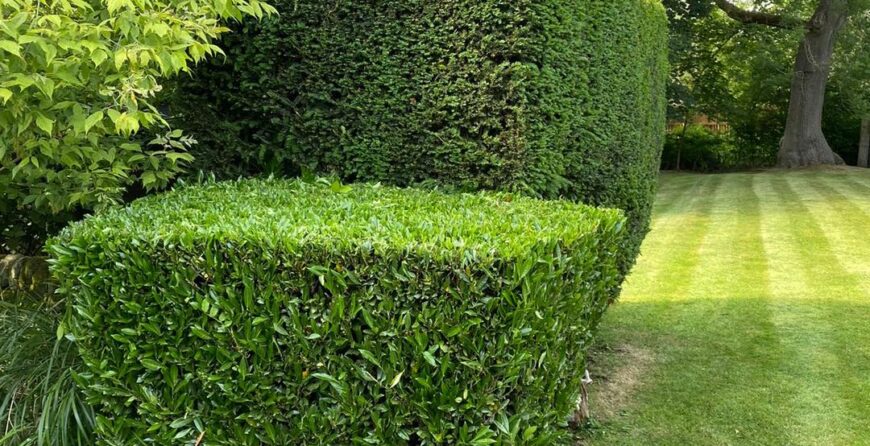Winter is often seen as a time when gardens go into hibernation, with plants and trees lying dormant until the arrival of spring. However, this is actually the perfect time to focus on an important gardening task: pruning. Pruning in winter not only enhances the health and beauty of your garden but also ensures that your plants and trees thrive when the warmer months arrive. In this article, we will explore the importance of pruning in winter and provide you with some valuable tips to get started.
1. Promotes Plant Health
Pruning in winter helps to promote the overall health of your plants and trees. By removing dead, diseased, or damaged branches, you prevent the spread of diseases and pests that may have taken hold during the growing season. Additionally, pruning allows for better air circulation and sunlight penetration, reducing the risk of fungal infections and promoting healthy growth.
2. Shape and Structure
Pruning in winter allows you to shape and structure your plants and trees. With the absence of leaves, it becomes easier to see the underlying structure and identify any areas that need attention. By selectively removing branches, you can create a more balanced and aesthetically pleasing shape, enhancing the overall beauty of your garden.
3. Encourages Fruit Production
For fruit-bearing trees and shrubs, winter pruning is essential for maximizing fruit production. By removing excess branches and thinning out the canopy, you allow more sunlight to reach the inner parts of the tree, promoting better fruit development. Pruning also helps to remove any weak or unproductive branches, redirecting the plant’s energy towards producing high-quality fruits.
4. Prevents Damage
Winter storms can be harsh on your garden, with strong winds and heavy snowfall causing branches to break or bend. Pruning in winter helps to prevent such damage by removing weak or overgrown branches that are more susceptible to breakage. By proactively pruning, you ensure that your plants and trees are better equipped to withstand the winter weather, reducing the risk of costly repairs or replacements.
5. Dormant Period Advantage
During winter, most plants and trees enter a dormant period, where their growth slows down significantly. This dormancy makes it an ideal time for pruning, as the plants are less likely to experience stress or shock from the pruning process. Pruning during this period also minimizes the risk of stimulating new growth, which can be vulnerable to frost damage.
Now that we understand the importance of pruning in winter, let’s delve into some practical tips to help you get started:
– Start by assessing your garden and identifying plants and trees that require pruning. Look for dead, diseased, or damaged branches, as well as any branches that are crossing or rubbing against each other.
– Invest in a good pair of pruning shears or loppers, depending on the size of the branches you need to prune. Make sure your tools are sharp and clean to ensure clean cuts and minimize the risk of spreading diseases.
– When pruning, always aim for a clean cut just above a bud or lateral branch. Avoid leaving stubs, as they can become entry points for diseases.
– For larger branches, use the three-cut method to prevent tearing or stripping of the bark. Make an undercut first, followed by a top cut a few inches further out, and finally, remove the remaining stub with a final cut just outside the branch collar.
– Dispose of pruned branches properly. If they are diseased or infested, do not compost them, as this can spread the problem. Instead, dispose of them in sealed bags or burn them if allowed in your area.
In conclusion, pruning in winter is a crucial gardening task that enhances the health and beauty of your garden. By promoting plant health, shaping and structuring, encouraging fruit production, preventing damage, and taking advantage of the dormant period, you set the stage for a thriving garden come spring. So grab your pruning tools and get ready to transform your garden into a winter wonderland of beauty and vitality.


